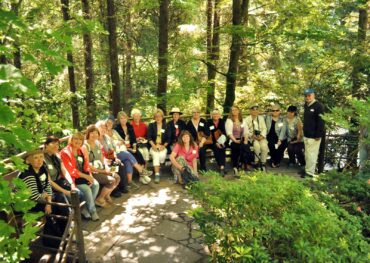 The first week in June each year, 36 intrepid gardeners board a bus for a three-day garden visit and shopping marathon. The Gig Harbor Gardeners chapter of the Northwest Perennial Alliance has sponsored this trip for the past seven years, and has yet to scratch the tip of the iceberg in terms of private gardens, garden centers and public arboretums available to visit in Western Washington and Oregon.
The first week in June each year, 36 intrepid gardeners board a bus for a three-day garden visit and shopping marathon. The Gig Harbor Gardeners chapter of the Northwest Perennial Alliance has sponsored this trip for the past seven years, and has yet to scratch the tip of the iceberg in terms of private gardens, garden centers and public arboretums available to visit in Western Washington and Oregon.
It all started when a few members of the nearly 100-member club brainstormed what fun it would be to combine travel with hotel stays, private garden visits and garden shopping. Drawing on my previous experience as a trip planner, yours truly volunteered to plan the first trip in 2014.
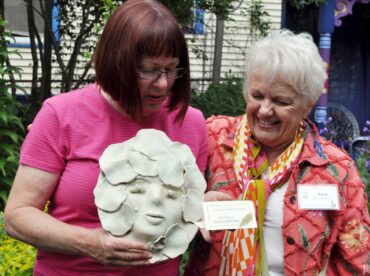
The Oregon Garden Resort in Silverton, Oregon, served as home base for our group to explore nurseries and growers in the Willamette Valley, wander through the Oregon Garden at will and enjoy a meal at a small, farm-to-table bistro in Dundee. Three days of camaraderie with kindred spirits, opportunities to buy unusual plants to bring home to our personal gardens, and visiting private gardens of note set the precedence and structure for future trips.
As the annual trips have continued, we have returned to the Oregon Garden Resort four times, using it as our home base and traveling out to different venues each day. We have also visited Victoria, British Columbia, and the environs of Bellingham.
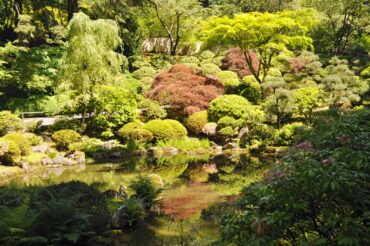
At this writing, we are unsure if this year’s trip will be cancelled due to COVID-19, but hopefully the 2020 trip will take the group to Whidbey Island and Olympic Peninsula. If cancelled, the trip will be rescheduled for 2021.
Planning an excursion of this magnitude takes a year, and begins shortly after the group returns home. On the last leg of a trip, evaluation forms are passed out and participants are asked a dozen or so questions about their overall satisfaction with the trip. Questions include which garden centers and private gardens they preferred and why, how they felt about the accommodation and meals, which venues they may like to repeat on a future trip, and where they would like to go the following year. Participants are also asked whether or not they felt the event was good value for money, whether or not the trip met their expectations, and if anyone would like to volunteer for the planning committee the following year.
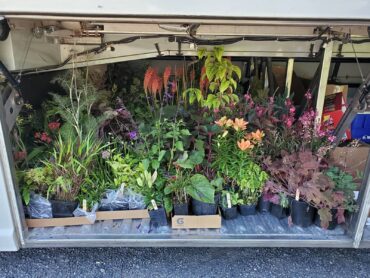 The committee meets a few weeks after we return, while the details are still fresh in our minds. We collate the answers garnered from the evaluations and set the parameters for the next trip. The committee reads the evaluation surveys carefully to understand what the group says and to learn from the answers given.
The committee meets a few weeks after we return, while the details are still fresh in our minds. We collate the answers garnered from the evaluations and set the parameters for the next trip. The committee reads the evaluation surveys carefully to understand what the group says and to learn from the answers given.
After a final financial report, committee positions for the next trip are defined, and the meeting is adjourned until fall. Each committee member begins work on individual assignments, with preliminary reports given at the early autumn meeting. Committees include finance, visitation and “hostessing.”
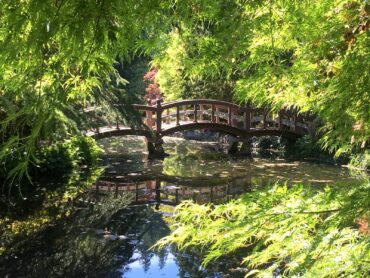 Traditionally, each trip is three days and two nights long. Keeping a tight time schedule is paramount to the success of the trip, and all participants receive a booklet describing the entire itinerary with time schedules and venue information. Times are adjusted throughout the day if necessary, with a little flex time built in here and there, but arrival times at private gardens are particularly important. On occasion, the chair has been known to bring her Girl Scout whistle to hasten the shopping or loading on time.
Traditionally, each trip is three days and two nights long. Keeping a tight time schedule is paramount to the success of the trip, and all participants receive a booklet describing the entire itinerary with time schedules and venue information. Times are adjusted throughout the day if necessary, with a little flex time built in here and there, but arrival times at private gardens are particularly important. On occasion, the chair has been known to bring her Girl Scout whistle to hasten the shopping or loading on time.
Sack lunches the first day are generally enjoyed at a garden or nursery, and there’s also a “happy hour” each day — sometimes set up at a garden stop, in a private garden or on the bus on the last day. A wide variety of beverages and snacks are arranged. In addition to digging in the dirt and viewing gardens, gardeners love to eat. The group also takes great care to minimize waste as well as recycle.
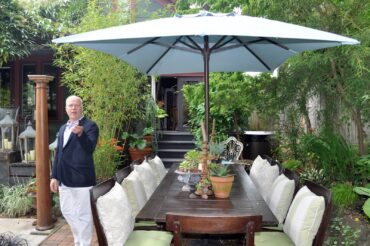 Although the weather the first or second week in June is generally dependably dry, a memorable lunch was at Keeping It Green nursery in Stanwood in 2017. As the skies opened, we were deluged by a spring rain, ducking for cover under the spreading branches of massive maple trees.
Although the weather the first or second week in June is generally dependably dry, a memorable lunch was at Keeping It Green nursery in Stanwood in 2017. As the skies opened, we were deluged by a spring rain, ducking for cover under the spreading branches of massive maple trees.
Occasionally, the weather can be unbearably warm, sapping energies and raising concern about the welfare of the hundreds of plant treasures accumulating in the cargo area underneath the bus. If necessary, two or three volunteers from the traveling group take responsibility for spraying down the plants at night when we return to hotel parking.
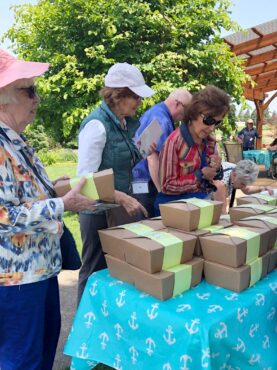 Each year, the itinerary is unique. Repeat visits to private gardens or nurseries are considered only by popular demand. There are a number of growers not open to public visits, but can be arranged for groups.
Each year, the itinerary is unique. Repeat visits to private gardens or nurseries are considered only by popular demand. There are a number of growers not open to public visits, but can be arranged for groups.
Learning opportunities about various plant types, history of a specific place, etc. are interwoven within the venue stops. Garden centers are particularly welcoming to our large group and generally go out of their way to let us know how much we are appreciated.
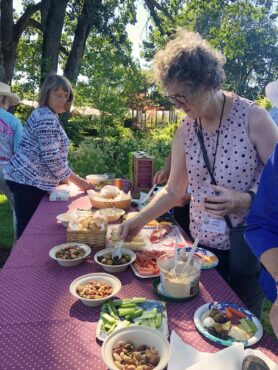 During a stop at Tsugawa Nursery in Woodland, Washington, the staff not only provided us with a lovely cool room in which to eat our lunch, they offered us cold beverages, and one of the staff members made delicious cream cheese and strawberry “pizzas” for our dessert. We learned the history of this three-generation business, which started as a strawberry farm and — you guessed it — the strawberries in our dessert were grown right there.
During a stop at Tsugawa Nursery in Woodland, Washington, the staff not only provided us with a lovely cool room in which to eat our lunch, they offered us cold beverages, and one of the staff members made delicious cream cheese and strawberry “pizzas” for our dessert. We learned the history of this three-generation business, which started as a strawberry farm and — you guessed it — the strawberries in our dessert were grown right there.
Nonprofit organizations offer us docent-guided tours of their gardens, sometimes asking for a small donation. It’s always a positive experience. We have visited botanical gardens and arboretums in Victoria, British Columbia; Mount Vernon, Washington; and Portland, just to mention a few.
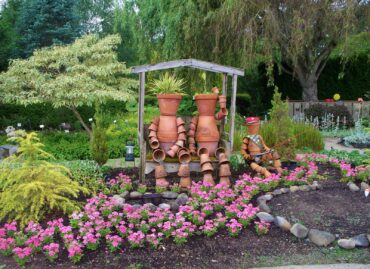 We have been invited to two or three private gardens on each trip. The private gardens are located through word-of-mouth recommendations and Northwest Perennial Alliance resources. Growers and garden centers are listed in various media, which the visitation committee scours for detailed information. The venues are contacted for possible visit information, and once a contact is established, the arrangements begin.
We have been invited to two or three private gardens on each trip. The private gardens are located through word-of-mouth recommendations and Northwest Perennial Alliance resources. Growers and garden centers are listed in various media, which the visitation committee scours for detailed information. The venues are contacted for possible visit information, and once a contact is established, the arrangements begin.
Thirty-six women on a bus, all avid gardeners, can accumulate a large number of plants in three days of visits to garden centers. In preparation for the trip, the leadership sends out an equipment list reminding everyone to pack as lightly as possible. When reloading the bus on the final morning, all luggage has to be stowed in the back two or three seat rows, as the entire underpinning of the coach is filled with fragile plants.
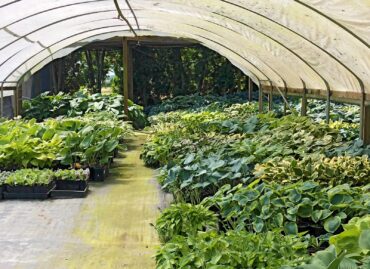 A couple more seat rows are reserved for large pots, tall plants and shrubs or other unwieldy ornamental items. Everyone is encouraged to stow all small purchases in the overhead storage areas above the seats and to utilize the space under the seats as much as possible. Managing 36 women for three days can be a bit like herding cats, but as everyone is having such a good time, the herding is done good-naturedly and with a good sense of humor.
A couple more seat rows are reserved for large pots, tall plants and shrubs or other unwieldy ornamental items. Everyone is encouraged to stow all small purchases in the overhead storage areas above the seats and to utilize the space under the seats as much as possible. Managing 36 women for three days can be a bit like herding cats, but as everyone is having such a good time, the herding is done good-naturedly and with a good sense of humor.
Identifying individual plant purchases can be a challenge and the gardeners are encouraged to bring personalized markers to stick into their plants to make them easy to find at the end of the trip. The most challenging time of the entire three days is sorting the plants at the arrival back in Gig Harbor. Husbands who come to meet the bus are wide-eyed with astonishment when the bays are opened and the full inventory of three days’ plant shopping is revealed.
What began as a simple idea has become a traditional part of the Harbor Gardeners’ annual schedule. It is a rewarding experience that club members look forward to all year long. Trip information is revealed in the club’s December newsletter, with registration beginning on Jan. 1 on a first-come, first-served basis, and only with registration forms filled out and a $100 deposit to secure a seat.
As the club membership hovers around 90 members, the trip usually fills in two or three days. Since volunteer committee plans and executes the trip, we are able to keep the costs low, which also adds to the popularity of the trip, offering great value for the money.




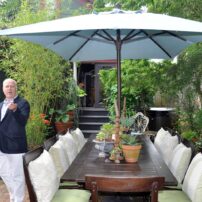

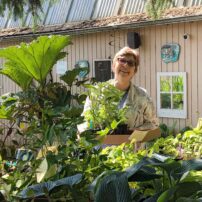
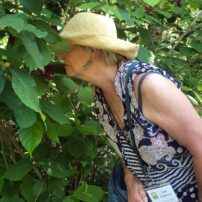
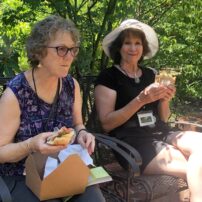

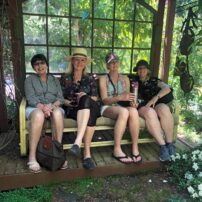
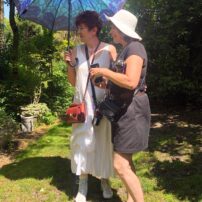
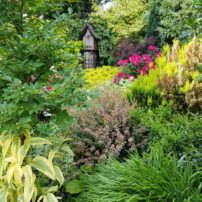
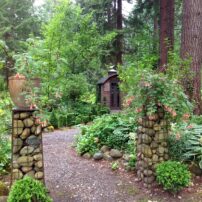

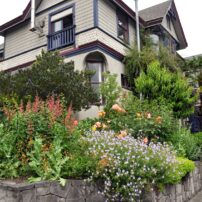
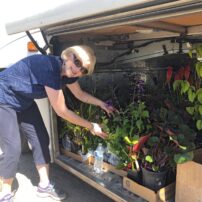
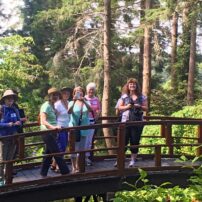
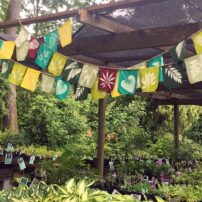
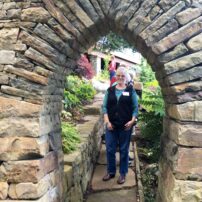
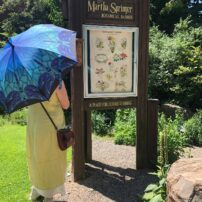
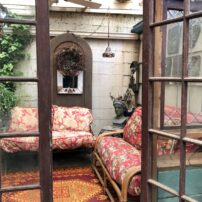
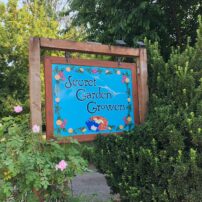
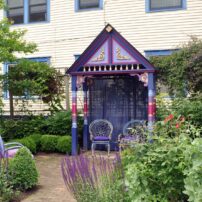
























Comments